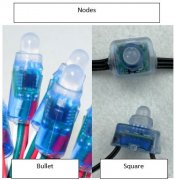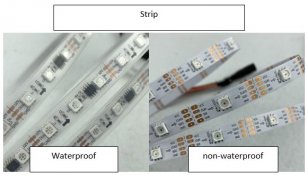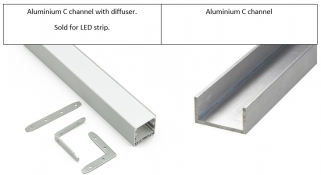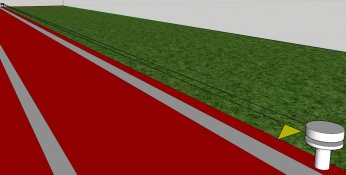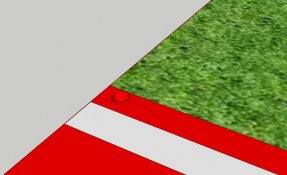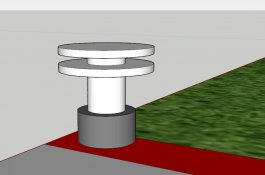BoomerNation999
New elf
- Joined
- Sep 8, 2021
- Messages
- 3
I am looking for answers, as well as questions to ask.
I am a complete beginner to this world. I have posted some on reddit threads, but have yet to find answers. I have watched YouTube series as well.
I am looking to create some racing lights, 40m-50m long for a running track. I am attempting to help a small track program with this project. Something similar, but a smaller scale to Wavelight. However, 20k is quite a bit more than we can afford.
I am hoping to help sprinters by utilizing chasing lights to keep and drive up pace. What is the simplest set up?
What kind of lights are going to be durable, or able to be moved often? I've watched the YouTube series, but understand the level of expertise that is available on these forums, and hoped to get a little guidance.
More details about the purpose of running/pacing lights in the news:
I am a complete beginner to this world. I have posted some on reddit threads, but have yet to find answers. I have watched YouTube series as well.
I am looking to create some racing lights, 40m-50m long for a running track. I am attempting to help a small track program with this project. Something similar, but a smaller scale to Wavelight. However, 20k is quite a bit more than we can afford.
I am hoping to help sprinters by utilizing chasing lights to keep and drive up pace. What is the simplest set up?
What kind of lights are going to be durable, or able to be moved often? I've watched the YouTube series, but understand the level of expertise that is available on these forums, and hoped to get a little guidance.
More details about the purpose of running/pacing lights in the news:


